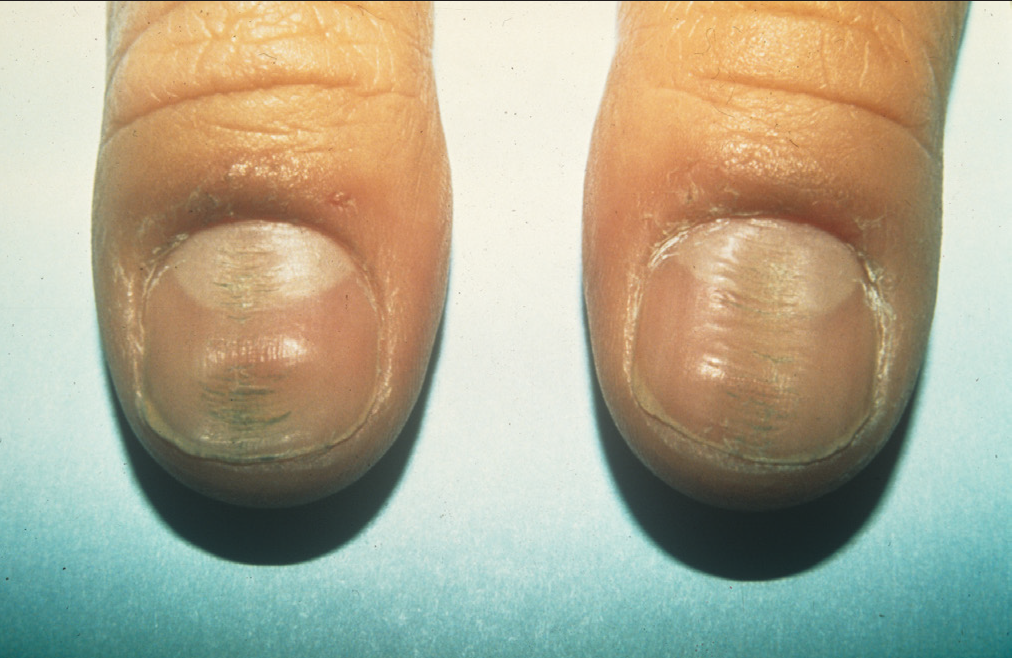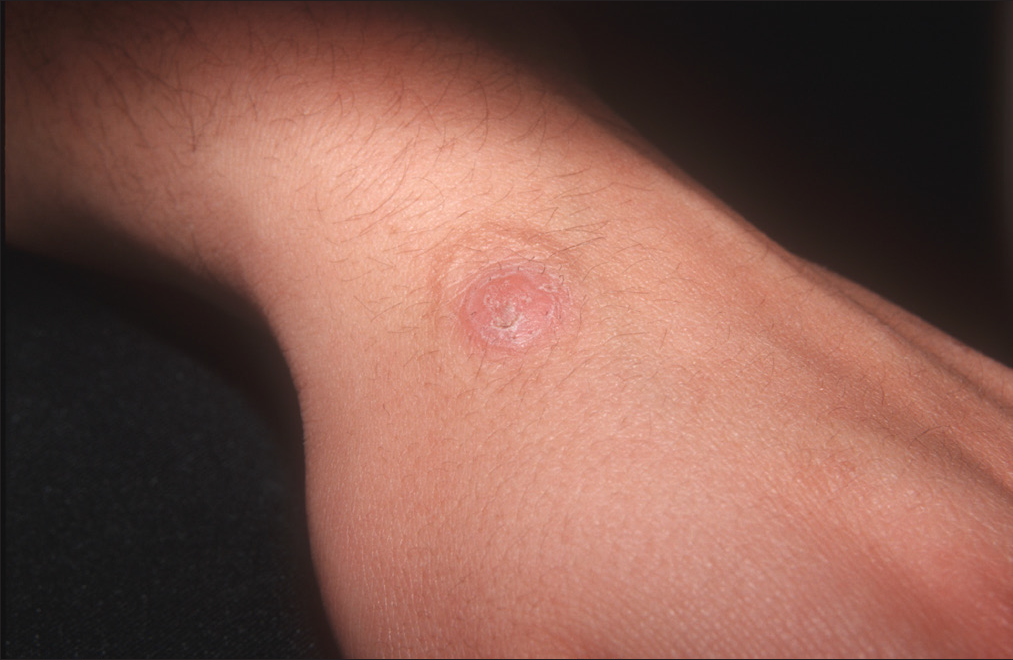Translate this page into:
Missing conditions in frictional dermatoses review
Corresponding author: Dr. Francisco Urbina, Department of Dermatology, Private Practice, Algeciras 583, Las Condes Santiago Chile, Santiago, Chile. fcourbina@hotmail.com
-
Received: ,
Accepted: ,
How to cite this article: Urbina F, Sudy E. Missing conditions in frictional dermatoses review. Indian J Dermatol Venereol Leprol 2023;89:780-1
Dear Editor,
We read with interest the nice review regarding frictional dermatoses by Arora et al., recently published in your journal. 1 We would like to suggest that a few other related conditions should also have been considered.
In the first place, nail tic onychodystrophy 2 or habit-tic deformity, is quite different from onychotillomania. In habit-tic deformity, the thumb nails are preferentially affected presenting with transverse and often pigmented ridges, enlarged lunula and lichenified lesions on the proximal nail folds/creases with erythema and desquamation. All of these features are caused by repetitive and persistent friction of index fingers over the thumbs in moments of emotional tension [Figure 1], resulting in an obsessive-compulsive disorder.

- Nail tic onychodystrophy: transverse ridges along the thumb nails, enlarged lunulae and irritation of the proximal nail folds
Similarly, there is another condition named keratosis artefacta 3 in which hyperkeratotic nodules are produced by persistent friction, rubbing or biting of the skin, activated by emotional stress. Here the lesions are mainly located on the dorsum of the hands or fingers [Figure 2].

- Keratosis artefacta: hyperkeratotic nodule on the dorsum of a hand
A third condition, known as chewing pads, is characterised by a unique hyperkeratotic plaque, mainly located on the dorsum of the distal interphalangeal joint of one thumb, produced by repetitive chewing. 4 It differs from knuckle pads, which are multiple and appear spontaneously along the dorsal aspect of various fingers or knuckles.
These three self-inflicted conditions are related to obsessive compulsive disorder; probably secondary to stress, anxiety, insecurity or nervousness. These compulsive acts are performed to release feelings of anxiety, which are possibly temporarily alleviated with these actions, but the lesions persist.
Finally, the development of hypertrichosis due to repetitive friction or trauma against the skin has been reported in patients with mental deficiency, who repeatedly rub or bite the dorsum of their hands or forearms in moments of anger or frustration, producing hyperkeratotic lesions similar to those of keratosis artefacta – with hair over their surfaces [Figure 3]. Frictional hypertrichosis has also been described on the back and shoulders of sack loaders, and in the same way as in the people who carry the sculpture of the Virgin in the Holy Week processions of Seville. 5

- Frictional hypertrichosis: hyperkeratotic nodules on the dorsum of a hand and forearm, with hair development on their surfaces
Obsessive-compulsive personalities are perfectionists, detail-oriented, scrupulous and indecisive for fear of making mistakes. A role of serotonin has been proposed in the etiopathogenesis of these conditions and drugs that block the reuptake of serotonin are effective in their treatment. Thus, the recognition of these conditions is important because their management may require pharmacological, psychological and sometimes psychiatric support.
Declaration of patient consent
Patient’s consent not required as patient’s identity is not disclosed or compromised.
Financial support and sponsorship
Nil.
Conflict of interest
There is no conflict of interest.
References
- Current understanding of frictional dermatoses: A review. Indian J Dermatol Venereol Leprol. 2023;89:170-88.
- [CrossRef] [PubMed] [Google Scholar]
- Acquired circumscribed hypertrichosis in the “costaleros” who bear the “pasos” in the Holy Week of Seville. Arch Dermatol. 1995;131:362-3.
- [PubMed] [Google Scholar]





